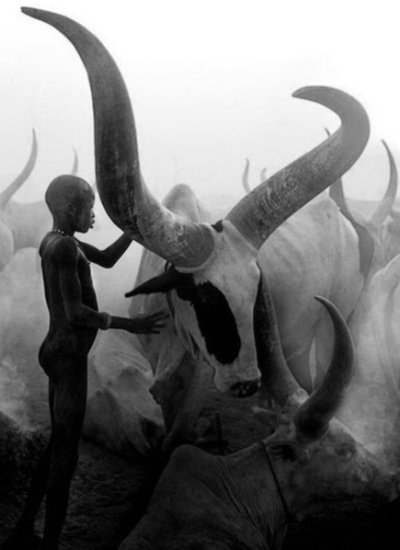
Figure 1.--The Dinka boys tend goats and sheep and the men care for the cattle. From an early age, however, the boys have a close assiciation with cattle. |

|
The Dinka are one of many semi-nomadic African pastoralists with a culture and economy centered on hearding cattle. They retain the traditional pastoral life of the Nilotes, but have added agriculture in some areas, growing grains, peanuts, beans, corn (maize) and other crops. Millet is especially important. Women do most of the agriculture, but men clear forest for the gardening sites. There are because of the warm climate the possibility of two plantings annually. Some fish the rivers and lakes. The boys tend goats and sheep while the men are responsible for the cattle. The cattle are central to the Dinka culture Before the coming of the British the Dinka did not live in villages, but travelled in family groups living in temporary homesteads with their cattle, seeking grazing lands--transhumant pastoralists. They move to well-watered riverine pastures during the dry season (December to April). Then they migrate back to their permanent settlements in the savanna and forests west of the Nile when the rains come.
Navigate the Boys' Historical Clothing Web Site:
[Introduction]
[Activities]
[Biographies]
[Chronology]
[Cloth and textiles]
[Clothing styles]
[Countries]
[Topics]
[Bibliographies]
[Contributions]
[FAQs]
[Glossary]
[Images]
[Links]
[Registration]
[Tools]
[Boys' Clothing Home]
Navigate the Boys' Historical Clothing national pages:
[Return to Main Dinka page]
[Return to South Sudan]
[Return to Sudan]
[Return to Main African tribal page]
[Burundi]
[Central African Republic]
[Congo]
[Eritea]
[Ethiopia]
[Kenya]
[Madagascar]
[Somalia]
[Tanzanai]
[Uganda]
